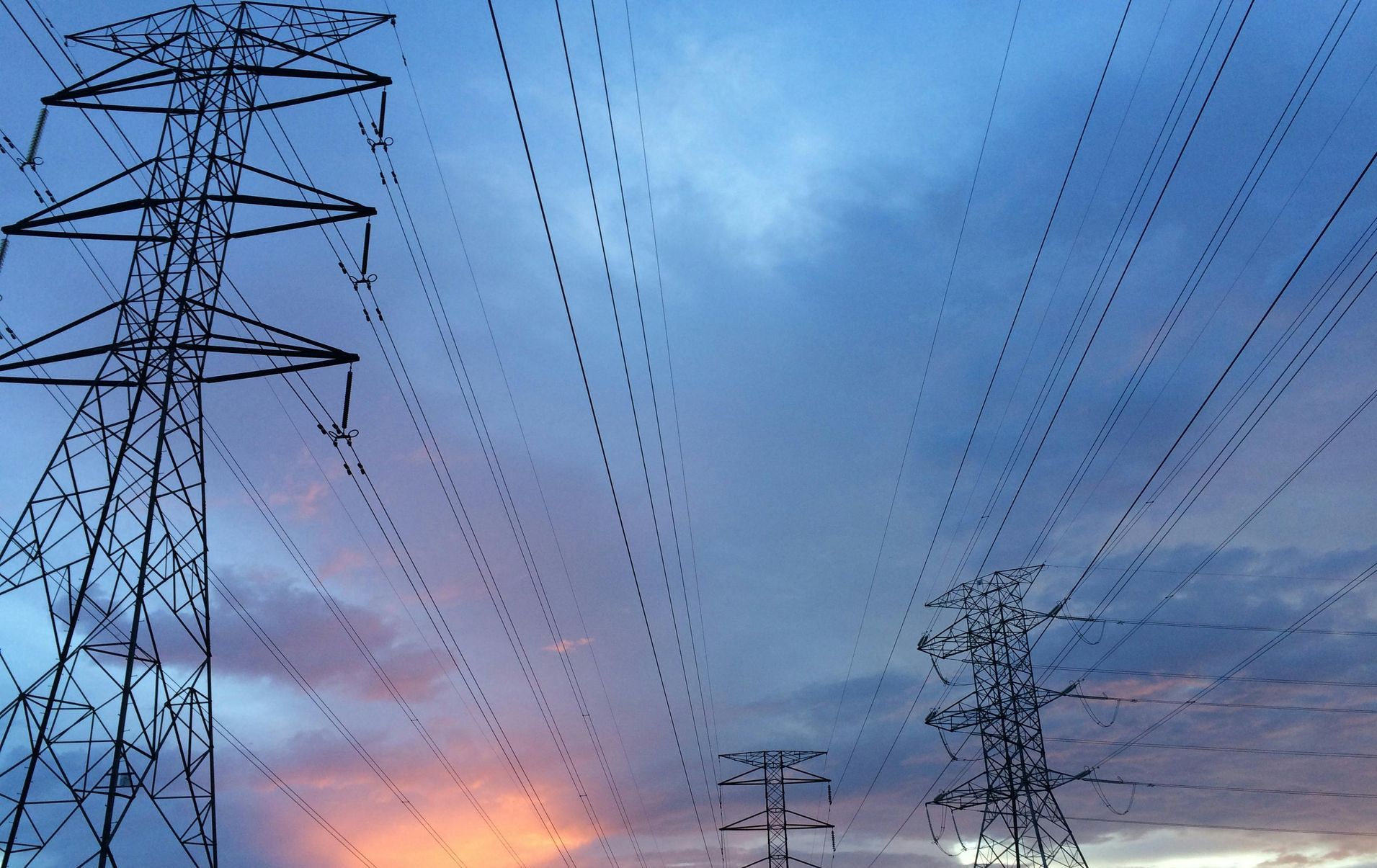The Continued March of Non-Commodity Costs
An overview of the new electricity charge you will see itemised on your invoice from Apr-25, which new charge has been kicked down the road and what is happening to existing charges.

April 2025
The most famous quotation of Benjamin Franklin stated that “nothing is certain except death and taxes”, but every April, one contemplates that if he had been around in the UK today, he would perhaps add the inevitable rise of electricity non-commodity costs to his list!
New charge for April 2025
As highlighted last year in our British Industry Supercharger Scheme blog, a new charge will be added to your invoice from April 2025 onwards to reflect the costs of expanding the Energy Intensive Industries scheme, which now includes a subsidy of 60% of the network charging costs for qualifying companies. The cost of this subsidy will be paid by all non-qualifying consumers under a charge on invoices, coined the EII Support Levy (ESL). Initial estimates suggest this charge will be in the region of 0.09p/kWh. Whilst it is never nice to see a new cost on the invoice, the cost of ESL is relatively small compared to the changes to other non-commodity costs highlighted later in the blog.
Delayed charge
In our previous Additional Government Energy Policy Subsidies blog we highlighted a new upcoming charge called Nuclear Regulated Asset Base (RAB). This charge would reflect the costs of financing new nuclear generation facilities, such as the £35bn+ construction cost for the new 3.3 GW Sizewell C reactor. This was expected to be introduced at the end of 2024, however, due to ongoing discussions with investors, the scheme may now not come in until mid-2026. Whilst this was only initially forecast to start at 0.05p/kWh, it would soon ramp up as construction costs start increasing, so a delay is welcomed for consumers.
Changes to existing non-commodity costs
Capacity Market (CM)
The Capacity Market ensures security of electricity supply by providing a payment (to generators) for reliable sources of capacity, alongside their electricity export revenues, to ensure generators deliver energy when needed most. The cost of this is recovered from consumers as Capacity Market charges on electricity invoices. This scheme encourages the investment needed to replace older power stations and provides backup for more intermittent and inflexible low-carbon generation sources. The rate paid is agreed during auctions, where generators and developers bid to secure payments.
Capacity Market costs are site specific as they relate to peak consumption between 16:00 to 19:00 on working days from November to February. As an indication, an average consumer might expect a notable increase in the order of 0.3p/kWh to support this scheme in 2025/26.
Balancing Services Use of System (BSUoS) Charge
The BSUoS charge recovers the cost of balancing the electricity transmission system in the UK. Example costs include running the national control room, frequency response arrangements, other ancillary services and constraint costs (paying generators to turn on or off to maintain system security, for example), all to ensure an effectively run transmission system that does not cut out.
With the increase of intermittent renewable generation, the task of balancing the system has become more and more complicated (and expensive) with each passing year. This was highlighted in 2024/5 with the appearance of ‘Dunkelflaute’ events, where solar and wind generation fell and the consequent need to shift to natural gas and battery storage to allow grid synchronisation effectively. The rise in associated costs will see an annual BSUoS increase of 0.33p/kWh in 2025/26.
Renewable obligation (RO)
Suppliers are legally obliged to secure and evidence an increasing percentage of their power from renewable sources. In the launch year (2002/3), this started at 3%, rising steadily to 24.5% by 2014/15, and it now stands at 49.3% for 2025/26. To evidence their purchases, a supplier needs to either purchase a Renewable Obligation Certificate (ROC) for each MWh they supply or pay a buy-out price for any shortfall. The associated cost of this requirement is passed through to customers in the RO charge found on electricity invoices. The buy-out price is inflated by RPI each year, so for 2025/26 the price of the buy-out has increased to £67.06 per ROC (RPI in 2024 was 3.6%). The impact on your invoice for 25/26 is an increase of 0.13p/kWh.
Contracts for Difference (CfD)
CfD was introduced in 2014 to replace the RO scheme as the main mechanism for incentivising new build renewable generation. Under this scheme, a developer agrees to a ‘strike price’ for each unit of electricity they generate so they can successfully achieve financing and deliver the proposed project. There is then a contract for difference between the strike price and the average market price for electricity in the GB market. If the strike price is above the market price, the generator will be paid a top-up for each unit of electricity generated, and it is this cost that forms the CfD charge found on invoices. This charge varies each year depending on the relationship between the various strike prices and the GB market price.
Industry parties have typically assumed higher market prices relative to 2024/25 when forecasting CFD costs for 2025/26 and therefore estimated costs have largely fallen across the board. In reality, a forecast 0.1p/kWh reduction will be driven by subsequent market developments in the next year.
Impact for 2025/26
So, what is the overall impact on your invoice for these changes? The total of all of the above changes is a not so insignificant 0.75p/kWh (£7.5/MWh). For a 1 GWh customer, this equates to £7,500 unavoidable extra costs for 2025/26.
Unfortunately that's not the complete story either. Distribution Use of System (DUoS) and Transmission Network Use of System (TNUoS) changes are excluded from this report due to the site specific nature of the costs and related increases. As a flat average, TNUoS residual costs are up by over 30% but there are further extremes.
If you have a pass-through non-commodity contract, you will see an immediate increase on your invoice for all consumption from 1st April 2025. If you have fixed non-commodity costs, your supplier would have already built these expected costs into your agreed rates.
If you have any concerns on the impact of the changes on your contract, or would like more information, Adalta Energy are always on hand to support.











